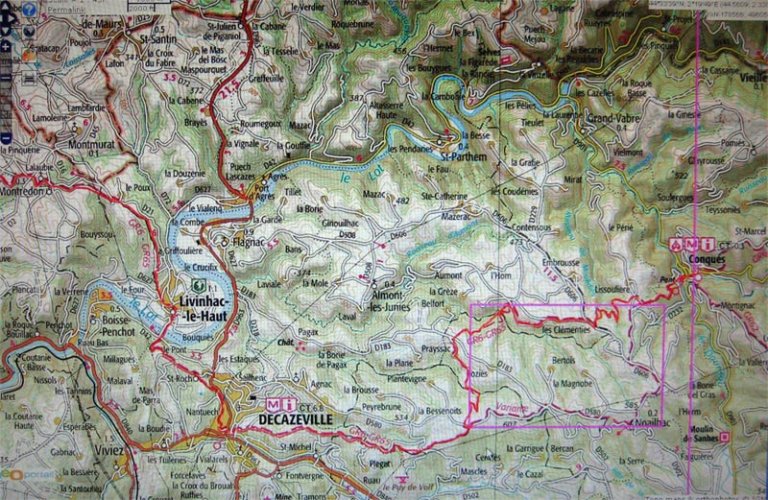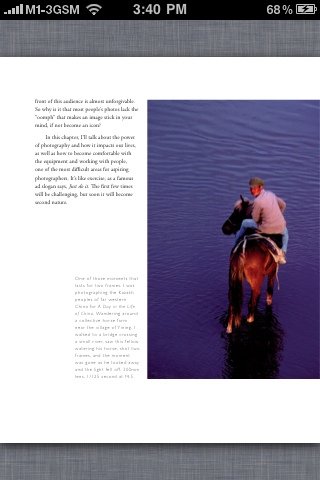BobM
Veteran Member
- Time of past OR future Camino
- V Frances; V Podensis; V Francigena; V Portugues; V Francigena del Sud; Jakobsweg. Jaffa - Jerusalem
I am toying with the idea of taking a netbook with me, although the weight (1.3kg+) and size put me off. But it would be great for viewing the excellent IGN (F) maps and the online MMD maps, instead of taking the GR65 topo maps.
Does anyone have experience using a netbook on this route? Is wireless coverage usually available? Last year I had problems with mobile coverage on the SFR (?) network between Le Puy and Conques.
Any information on access costs would also be helpful.
Regards
Bob M
Does anyone have experience using a netbook on this route? Is wireless coverage usually available? Last year I had problems with mobile coverage on the SFR (?) network between Le Puy and Conques.
Any information on access costs would also be helpful.
Regards
Bob M


















